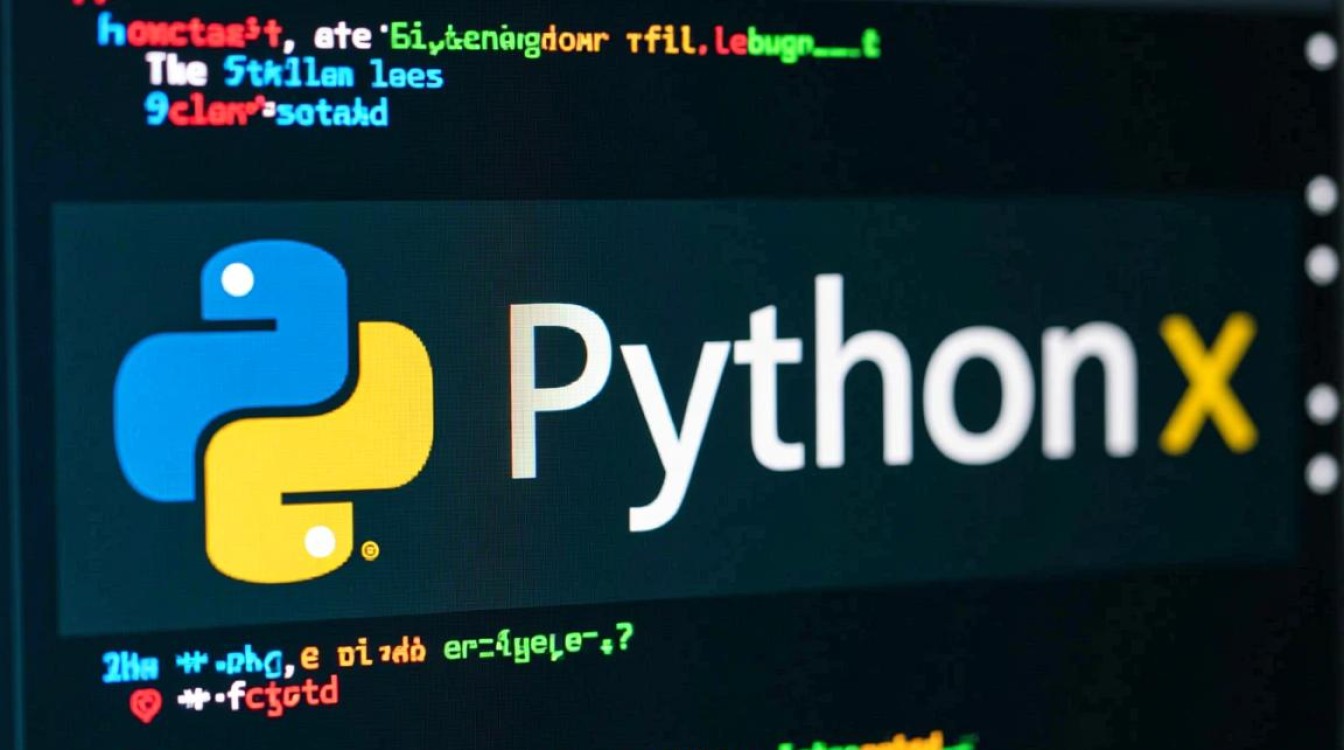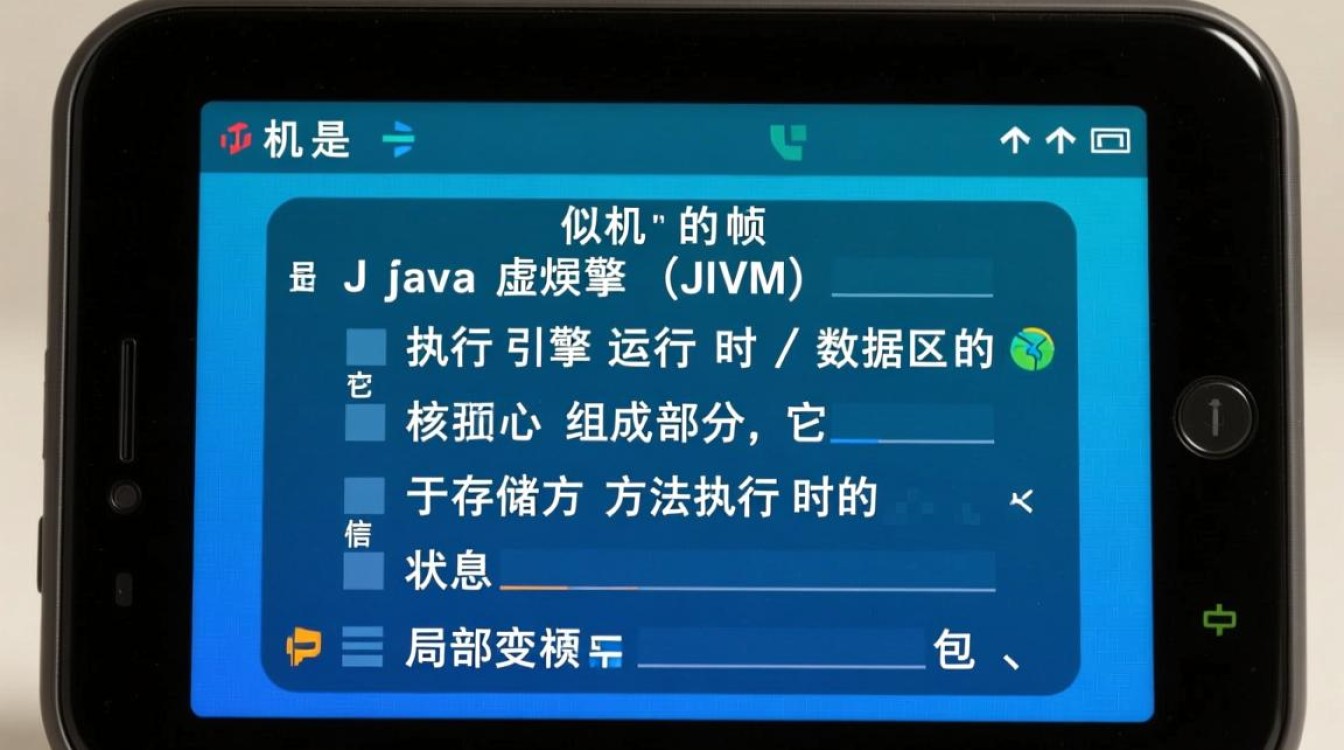在Linux环境下使用C语言遍历目录是文件系统操作的基础技能,广泛应用于系统管理、数据处理、日志分析等场景,本文将详细介绍目录遍历的核心原理、常用方法及实践技巧,帮助开发者掌握这一关键技术。

目录遍历的核心概念
Linux中的所有文件和目录都以inode节点的形式存储在文件系统中,而目录本质上是一种特殊的文件,其内容记录了文件名与对应inode号的映射关系,遍历目录的过程,就是逐个读取目录文件中的条目,获取每个条目的文件名、inode号、文件类型等信息,并根据需要进行递归或非递归处理。
使用dirent.h实现目录遍历
dirent.h是POSIX标准中定义的目录操作头文件,提供了跨平台的目录访问接口,其核心数据结构为struct dirent,包含以下关键字段:
d_name:文件名d_ino:inode号d_type:文件类型(DT_DIR、DT_REG等)
基本遍历流程
- 使用
opendir()函数打开目录,返回DIR*句柄 - 通过
readdir()循环读取目录条目 - 使用
closedir()关闭目录句柄
#include <dirent.h>
#include <stdio.h>
void traverse_dir(const char *path) {
DIR *dir = opendir(path);
if (!dir) {
perror("opendir error");
return;
}
struct dirent *entry;
while ((entry = readdir(dir)) != NULL) {
printf("%s\n", entry->d_name);
}
closedir(dir);
}
递归遍历目录
实现递归遍历需要判断文件类型,对子目录进行递归调用,关键点在于:

- 使用
S_ISDIR()宏判断是否为目录 - 跳过和条目避免循环
- 使用
chdir()或构建完整路径处理子目录
void recursive_traverse(const char *path, int depth) {
DIR *dir = opendir(path);
if (!dir) return;
struct dirent *entry;
while ((entry = readdir(dir)) != NULL) {
if (strcmp(entry->d_name, ".") == 0 ||
strcmp(entry->d_name, "..") == 0)
continue;
// 打印缩进表示层级
printf("%*s", depth * 4, "");
printf("%s\n", entry->d_name);
if (entry->d_type == DT_DIR) {
char new_path[PATH_MAX];
snprintf(new_path, sizeof(new_path), "%s/%s", path, entry->d_name);
recursive_traverse(new_path, depth + 1);
}
}
closedir(dir);
}
使用ftw()和nftw()简化遍历
glibc提供了ftw()和nftw()函数,封装了目录遍历的复杂逻辑,支持递归遍历和回调函数处理。
ftw()函数基础用法
#include <ftw.h>
int file_callback(const char *fpath, const struct stat *sb, int typeflag) {
printf("%s\n", fpath);
return 0;
}
void use_ftw(const char *dirpath) {
ftw(dirpath, file_callback, 10); // 10为最大文件描述符数
}
nftw()的高级特性
nftw()比ftw()功能更强大,支持:
- 获取遍历深度
- 区分文件类型(文件、目录、符号链接等)
- 控制遍历行为(FTW_DEPTH、FTW_PHYS等标志)
| nftw()标志 | 含义 | 作用场景 |
|---|---|---|
| FTW_DEPTH | 按深度优先遍历 | 需要先处理子目录时 |
| FTW_PHYS | 不跟随符号链接 | 避免循环引用 |
| FTW_MOUNT | 限制在同一个文件系统 | 提高性能 |
int advanced_callback(const char *fpath, const struct stat *sb,
int typeflag, struct FTW *ftwbuf) {
printf("%*s%s", ftwbuf->level * 4, "", fpath);
if (typeflag == FTW_D) printf(" (dir)");
else if (typeflag == FTW_F) printf(" (file)");
printf("\n");
return 0;
}
void use_nftw(const char *dirpath) {
nftw(dirpath, advanced_callback, 20,
FTW_DEPTH | FTW_PHYS);
}
错误处理与性能优化
- 线程安全:readdir()不是线程安全的,多线程环境下应使用readdir_r()
- 路径处理:使用
realpath()规范化路径,避免符号链接问题 - 资源限制:设置最大递归深度,防止栈溢出
- 性能考虑:对大量文件场景,考虑使用
scandir()配合alphasort()进行排序
实际应用示例
下面是一个完整的统计目录大小的示例,展示综合应用:

#include <sys/stat.h>
#include <unistd.h>
long long dir_size(const char *path) {
struct stat st;
if (lstat(path, &st) < 0) return -1;
if (!S_ISDIR(st.st_mode)) return st.st_size;
DIR *dir = opendir(path);
if (!dir) return -1;
long long total = 0;
struct dirent *entry;
char subpath[PATH_MAX];
while ((entry = readdir(dir)) != NULL) {
if (strcmp(entry->d_name, ".") == 0 ||
strcmp(entry->d_name, "..") == 0)
continue;
snprintf(subpath, sizeof(subpath), "%s/%s", path, entry->d_name);
long long size = dir_size(subpath);
if (size < 0) {
closedir(dir);
return -1;
}
total += size;
}
closedir(dir);
return total;
}
Linux C语言目录遍历提供了多种实现方式,开发者应根据具体需求选择合适的方法,基础场景使用dirent.h足够灵活,复杂场景则推荐ftw/nftw简化开发,实际应用中需特别注意错误处理、线程安全和性能优化,确保代码的健壮性和高效性,掌握这些技术将极大提升在Linux环境下进行文件系统操作的能力。




















